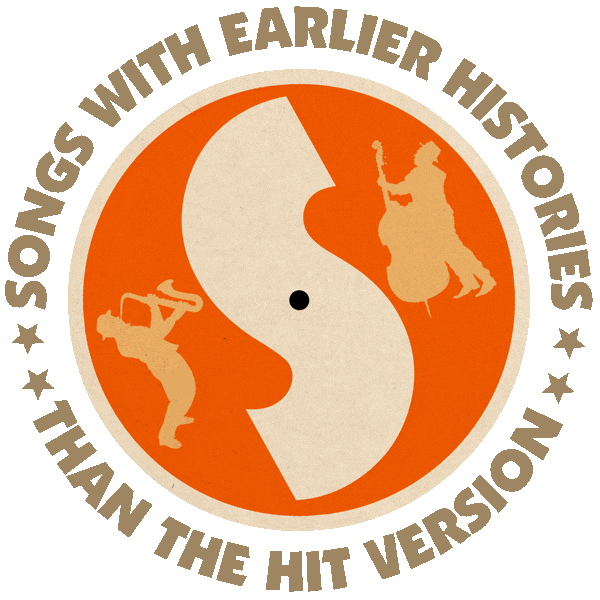First recorded (as a demo) by Ned Doheny (1980, released 2014).
First released by Average White Band (1980).
Hit version by Chaka Khan (US #53/R&B #1/NZ #22 1981).
From the wiki: “‘What Cha’ Gonna Do For Me’ was written by Ned Doheny and Hamish Stuart of the Average White Band. First recorded as demo in 1980 by Doheny with backing from the AWB, Average White Band would record an arrangement for commercial release on their 1980 album Shine. (Doheny’s demo would be released in Japan in 2014 by the Numero Group label.)
“In 1981, Chaka Khan would cover ‘What Cha’ Gonna Do For Me’. Released as a promotional single for the eponymous album, the song would become Khan’s second R&B chart #1, at the top spot for two weeks. The single was also her second entry on the Billboard Hot 100, peaking at #53.”

